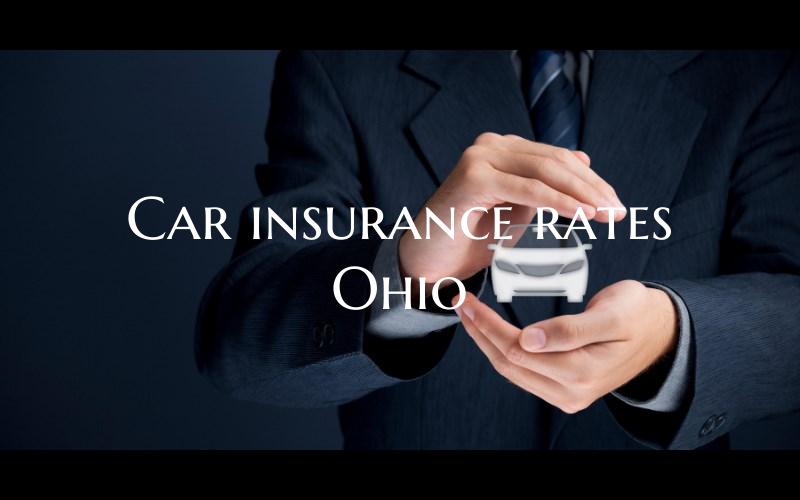When it comes to getting car insurance in Ohio, understanding the rates and factors that affect them is essential for drivers to make informed decisions. Various elements influence car insurance rates in Ohio, including driver age, driving history, type of coverage, location, and even the make and model of the vehicle.
Ohio, like many states, requires all drivers to have a minimum amount of car insurance coverage. This mandatory coverage includes liability insurance to cover injuries and property damage in the event of an accident caused by the insured driver. The minimum liability coverage in Ohio is $25,000 for bodily injury per person, $50,000 for bodily injury per accident, and $25,000 for property damage per accident.
In Ohio, car insurance rates can vary significantly based on individual factors. Younger drivers, especially those under 25, typically pay higher premiums due to their lack of driving experience and higher likelihood of being involved in accidents. Drivers with a history of traffic violations or accidents may also face increased rates as they are considered higher risk.
Location is another crucial factor that impacts car insurance rates in Ohio. Urban areas, such as Cleveland, Cincinnati, and Columbus, tend to have higher rates compared to rural areas due to higher traffic density and increased likelihood of accidents or theft.
Moreover, the type of coverage selected by the driver also plays a role in determining car insurance rates. Comprehensive coverage, which includes protection against theft, vandalism, and natural disasters, will generally cost more than basic liability coverage.
To get the best car insurance rates in Ohio, drivers are advised to shop around and compare quotes from multiple insurance companies. Additionally, maintaining a clean driving record, bundling insurance policies, and taking advantage of discounts such as safe driver or multi-vehicle discounts can help lower insurance premiums.
Understanding the factors that influence car insurance rates in Ohio and taking proactive steps to reduce costs can help drivers find the most affordable coverage that meets their needs while staying compliant with the state's insurance requirements.

